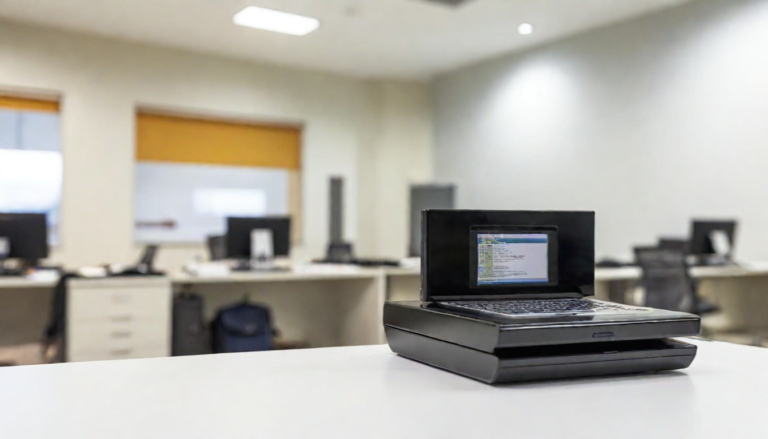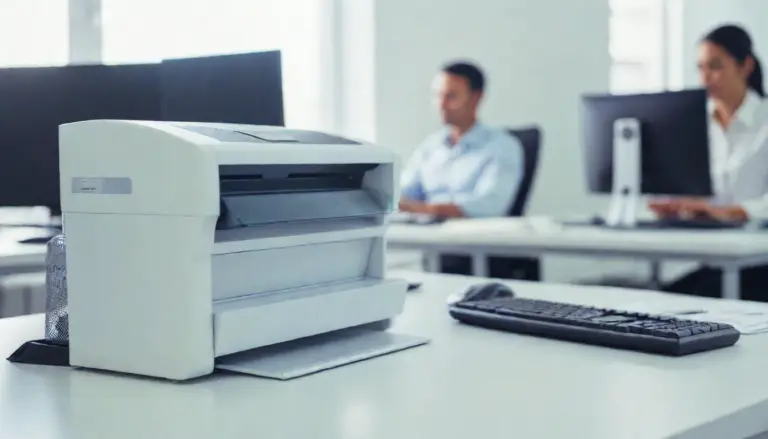Teller Capture vs. Branch Capture: What’s The Difference?
According to the UCLA Anderson School of Business, about 70% of banks have adopted some form of imaging at their branch. Still, only 35% are equipped to enable tellers to capture the checks immediately. This year has brought several changes to the world of Remote Deposit Capture (RDC), and it may be beneficial to evaluate what’s working and re-tool what isn’t working. In this piece, we’ll discuss the advantages and disadvantages of branch capture and teller capture.
What is Branch Capture?
Branch capture is the check processing method that’s most familiar. Banks scan all check deposits in batches, either at slow times or at the end of the day. Those images are processed in the operations center, where employees then proof and correct them. If a transaction needs correcting and the image isn’t clear enough for the operator to read, a call is made to the branch to research the original.
What are the benefits of a branch capture system?
Branch capture is less expensive in terms of capital expenditures. Since the personal computer and scanner are coupled to a central server, it requires only one device and an additional workstation.
Deployment is quicker. Less training is required for branch capture. Branch operators become familiar with processing checks, and customer service disruptions are limited.
There’s support for multiple scanner models, etc. Since the system is centrally designed, scanner models, speeds, pocket configurations, and tools help track work.
It’s considerably cheaper than the older method (traditional centralized capture). Since branch capture doesn’t require a courier, it represents significant savings for banks who haven’t moved to the branch capture method. Additionally, since it’s very similar to the traditional capture method, utilizing branch capture is an excellent way for banks to get their feet wet with a more modern capture method.
What are the disadvantages of brand capture?
Branch capture requires more employees. Not only must banks employ tellers, but it must also employ enough employees to maintain a full-time proof department.
Branch capture elevates risk. With branch capture, items must be walked to a back-counter system. Doing so raises the possibility of misplacing a document or compromising transaction integrity.
There’s less back-office savings and efficiency. Since you’re employing a proof department and tellers must walk to the back office to proof and scan checks, it’s more costly than the teller capture option. Scanning checks at the end of the day leads to more overtime for staff, and the walk to and from the back office adds up over time.
What is Teller Capture?
Teller capture puts the duty of check scanning and capture on the tellers. They balance most deposits in front of the customer, so the teller capture method eliminates the need to do the capture process at the end of the day. This method results in slightly longer customer service times, but it expedites the posting and clearing of deposited items.
What are the benefits of a teller capture system?
Teller capture reduces the amount of human error. With the scanners being at each banker’s disposal, tellers can ensure that the checks are being processed correctly.
Teller capture is ultimately quicker. At first, it can take a bit longer than branch capture. However, as tellers become familiar with the system and the software, it can end up cutting down on customer wait time, since tellers no longer need to manually input the information.
Time savings. Eliminating the back-office work can save you a lot of time. You may find that you save up to 35 minutes a day with teller capture.
Customers love teller capture because the money is available quicker. The imaging captures transactions at the moment they’re presented to the teller and makes cash tickets, loan payments, checks, and other internal documents available and auditable immediately.
It’s the green option. It’s a paperless option since virtual ones replace internal documents. This dramatically reduces printing costs, along with courier/transportation costs.
Tellers spend more face time with customers. This enhances the customer experience since tellers handle 70% of deposits.
Teller capture is more secure. Many software platforms include duplication and fraud detection software to alert the teller of suspect or already-deposited items, while the presenter is still in the branch. It also eases access and clarifies trails for audits.
What are the disadvantages of teller capture?
It has a more considerable up-front expense. To add a scanner to each teller’s workstation, the bank must procure hardware and connect their software. This means that, rather than one back-office workstation, you’ll be investing in as many workstations as you need for your tellers.
The rollout process requires more resources for teller training and solution deployment. The learning curve to teach tellers how to use the scanner and corresponding software takes more time. There will inevitably be a need for support when tellers are working out how to use different functionalities. The benefit of implementing teller capture often outweighs those temporary inconveniences, and many companies are surprised by how quickly employees pick up on using the scanners and software.
Getting Started with Teller Capture
If you’ve decided you’d like to try teller capture at your financial institution, but you want to learn more, we’ve written a few articles on related topics. Here are some you may be interested in:
- The State of RDC in 2021
- RDC Audit Checklist
- How to Get Started with Commercial RDC
- 9 Best RDC Check Scanners for Your Business
If your questions regarding RDC aren’t answered by these articles (or you’d rather cut to the chase with a professional who’s well-versed in these technological solutions), contact us today. We’d be more than happy to answer any questions you may have!









